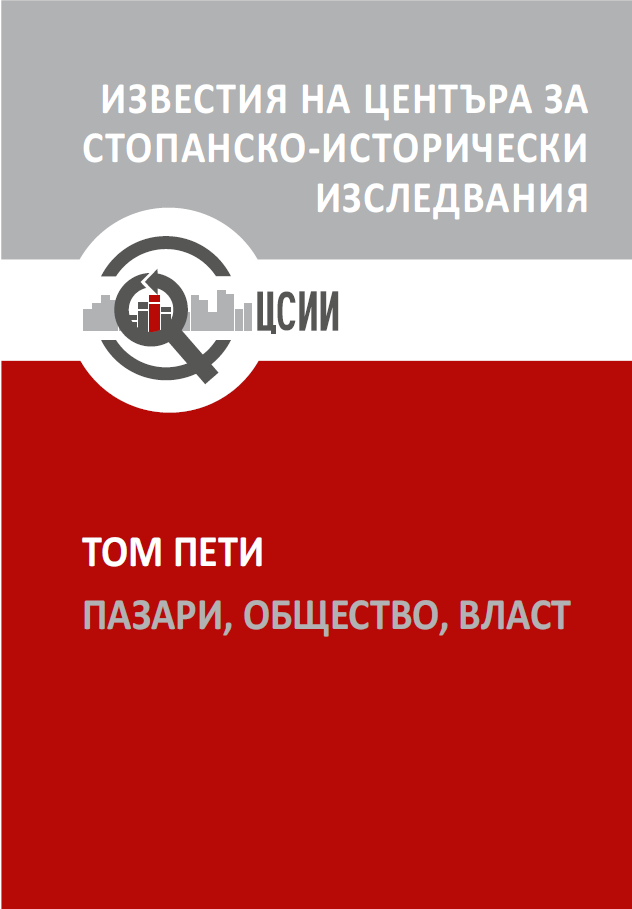Търговия и интеграционни процеси в средновековна Ливония през XIII в. Основни тенденции и исторически паралели
Trade and Integration Processes in Medieval Livonia in the 13th Century. General Trends and Historical Parallels
Author(s): Ivelin A. IvanovSubject(s): History, Economy, National Economy, Supranational / Global Economy, Comparative history, Economic history, History of ideas, Social history, Middle Ages, Marketing / Advertising, Socio-Economic Research, Transport / Logistics
Published by: Център за стопанско-исторически изследвания
Keywords: medieval Livonia; medieval Hansa; medieval trade
Summary/Abstract: The article dwells on the role that trade played in the annexation of land along the southeastern coast of the Baltic Sea after a series of crusades and mass Christianization of local tribes during the late 12th and early 13th c. The author analyzes the development of urban life and communications in Livonia, emphasizing the crucial role that commercial activity and the development of trade routes played in the integration of these lands and population into the Christian European world. Afterwards, the author takes a comparative research approach by drawing parallels between the Mediterranean area and the Black Sea basin during the 13th c. It is stressed that, unlike the merchants of the Hanseatic League, who established a solid cartel, which allowed them to monopolize trade in the Baltic Sea, the Italian merchants could not afford such a course of action. Also, the article focuses on the significance of winter routes along the frozen rivers and lakes in Livonia in comparison to Southern and Southeastern Europe. In conclusion, it is stated that the commercial activity in Livonian lands during the 13th c. can be considered in the context of integration processes but it cannot be considered the only and primary way to integration. For instance, based on the comparison with Genoese trade in the Mediterranean Sea, the Back Sea and the Sea of Azov a conclusion can be drawn that the longer routes of the Genoese involved more risk factors. In this aspect, Livonia was in control of relatively shorter and more easily accessible routes, with summer and winter options. This contributed to the flourishing of trade in that region as well as the fostering of international and domestic integration over the following centuries.
Journal: Известия на Центъра за стопанско-исторически изследвания
- Issue Year: V/2020
- Issue No: 1
- Page Range: 27-38
- Page Count: 12
- Language: Bulgarian

